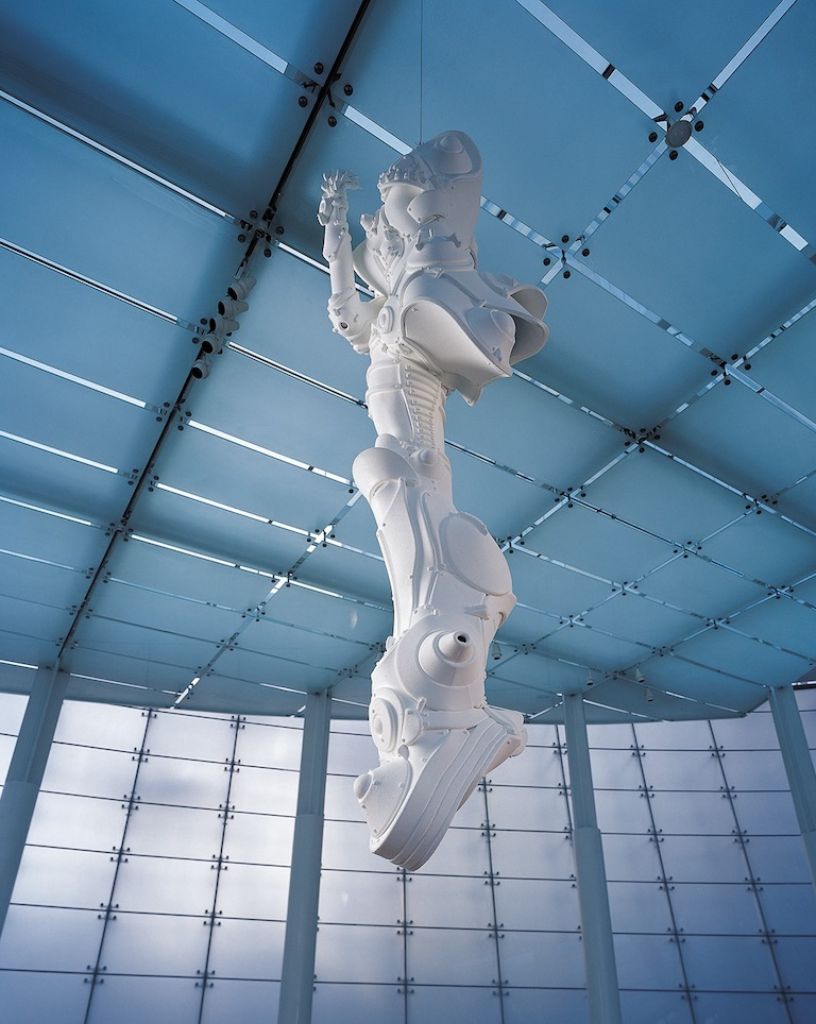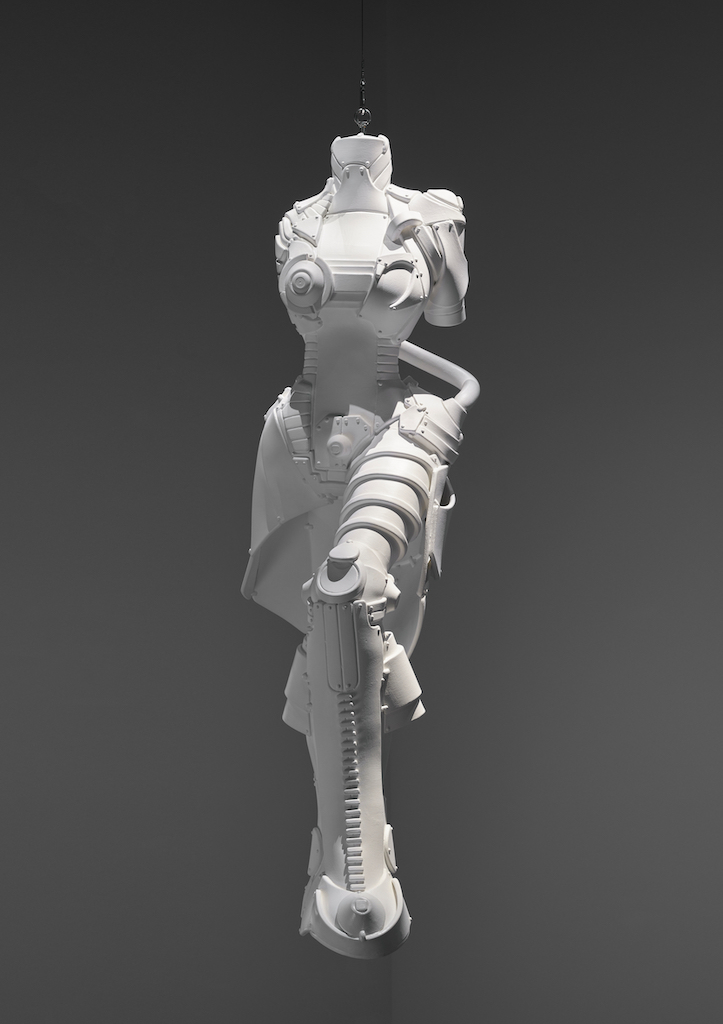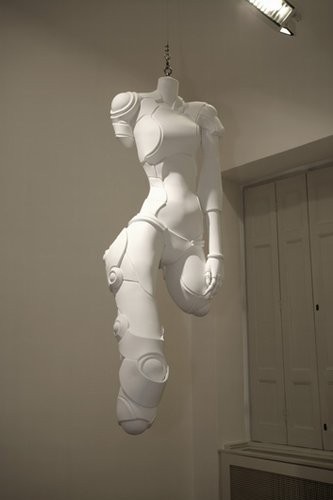PART III | BUL IN A CHINA SHOP: LEE BUL’S PARADOXICAL CYBORGS
CONCLUSION
In conclusion, Lee Bul’s cyborg sculptures leave the interpretation of her sculptures as feminist open-ended and dependent on the way they are hung. While their forms signal Lee’s rejection of the female body’s objectification and embody some goals of cyborg theory, the lack of a unified display method undermines a straightforward interpretation. Ultimately, her experiment in cyborg figuration cannot be considered unconditionally feminist. Rather, it is a reflection of the enduring power of the male gaze, especially in East Asia, and the difficulty of portraying the female form in a feminist manner. Lee Bul’s sculptures pose to us these crucial questions: Is it possible for a feminist representation of the female cyborg body to come about in the context of pervasive and sexualized depictions of female bodies and women? And if the cyborg has not been successfully mobilized for a feminist purpose in East Asia, is there potential for an East Asian “cyborg feminism?”
In conclusion, Lee Bul’s cyborg sculptures leave the interpretation of her sculptures as feminist open-ended and dependent on the way they are hung. While their forms signal Lee’s rejection of the female body’s objectification and embody some goals of cyborg theory, the lack of a unified display method undermines a straightforward interpretation. Ultimately, her experiment in cyborg figuration cannot be considered unconditionally feminist. Rather, it is a reflection of the enduring power of the male gaze, especially in East Asia, and the difficulty of portraying the female form in a feminist manner. Lee Bul’s sculptures pose to us these crucial questions: Is it possible for a feminist representation of the female cyborg body to come about in the context of pervasive and sexualized depictions of female bodies and women? And if the cyborg has not been successfully mobilized for a feminist purpose in East Asia, is there potential for an East Asian “cyborg feminism?”










